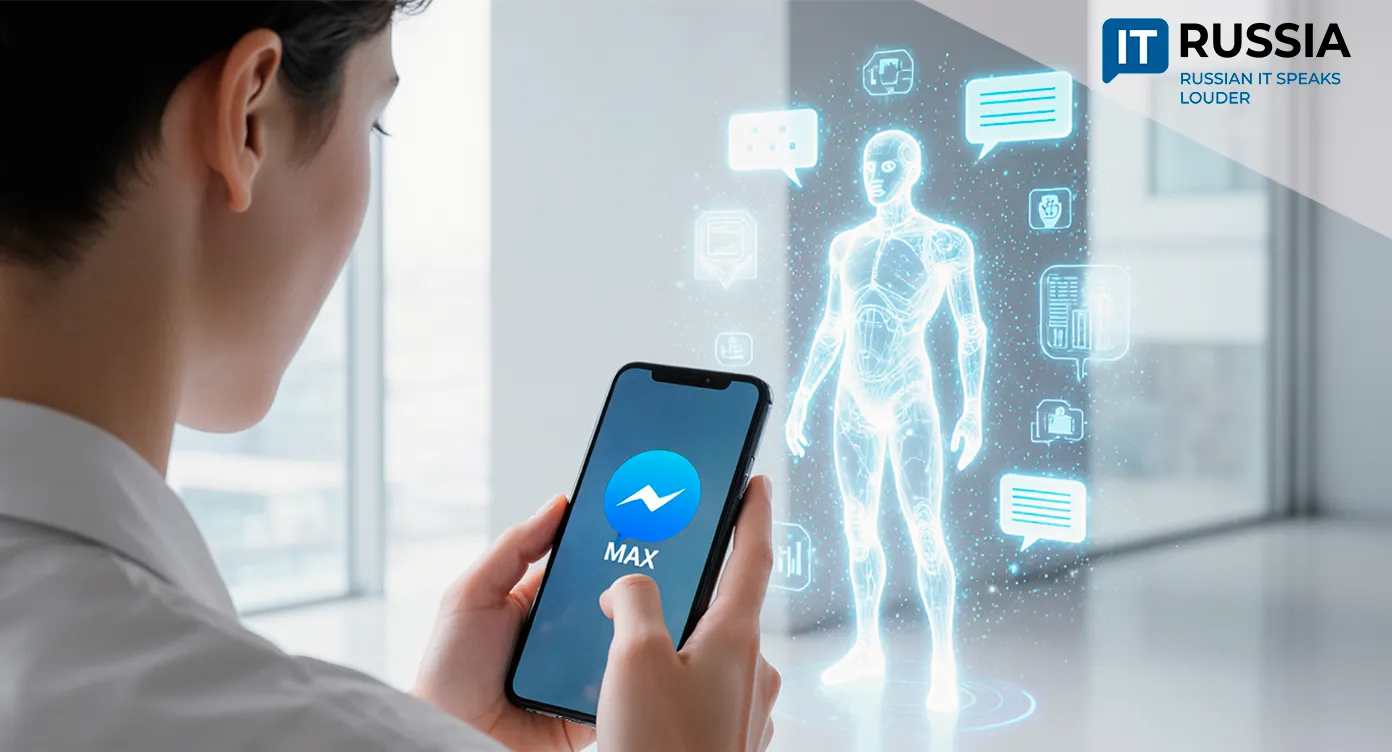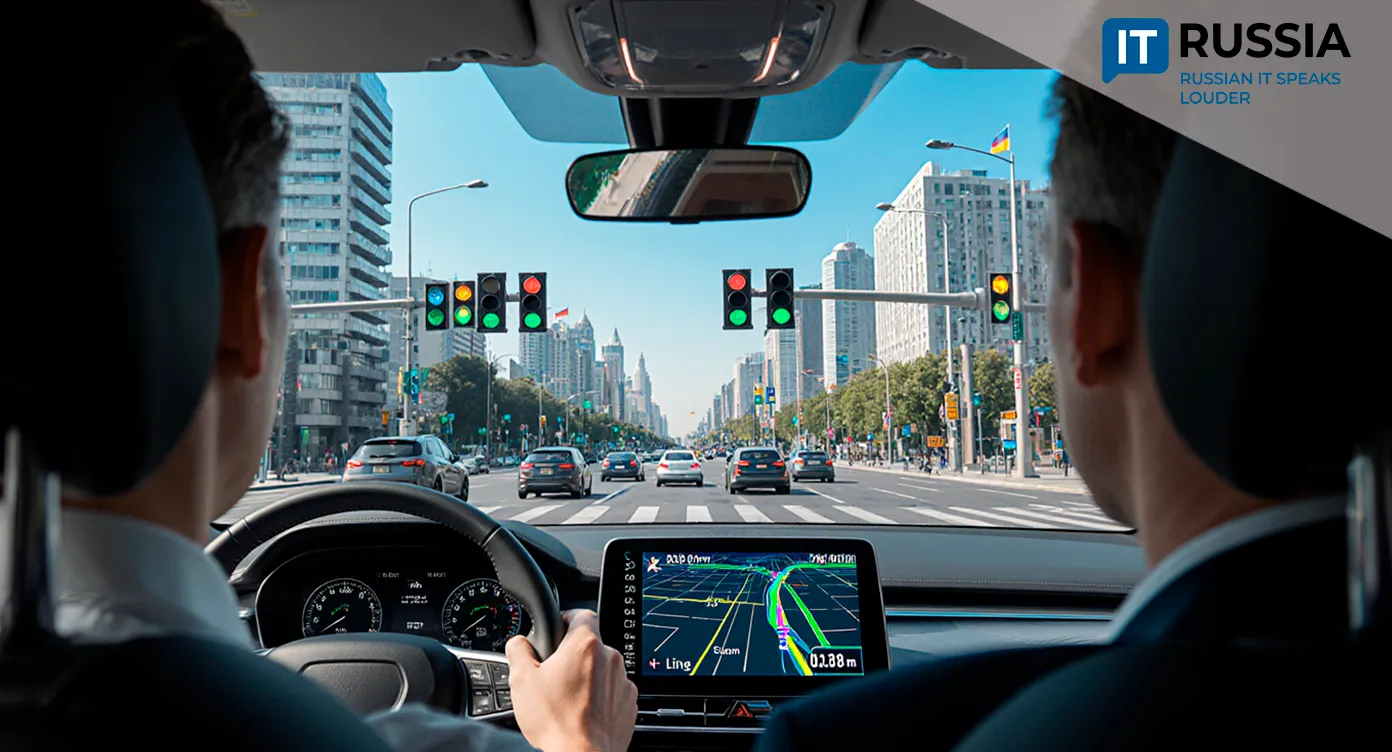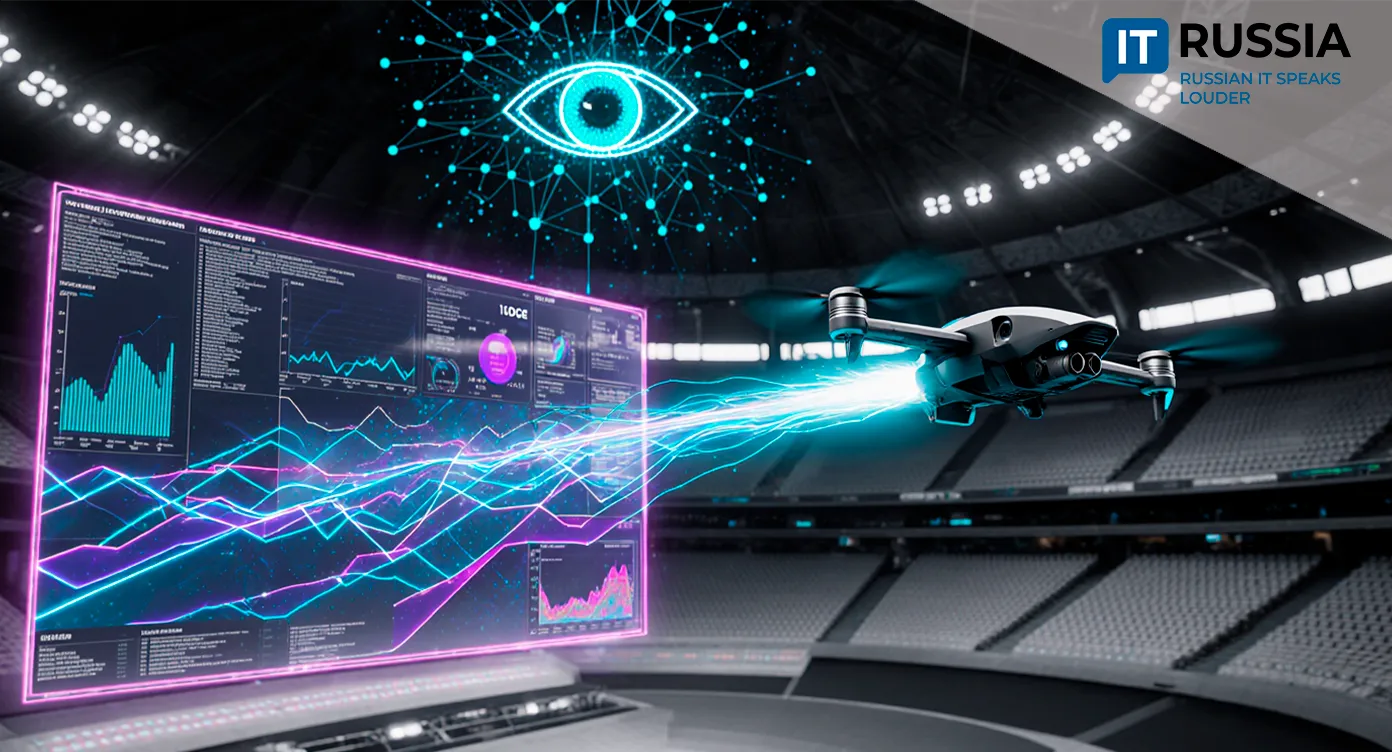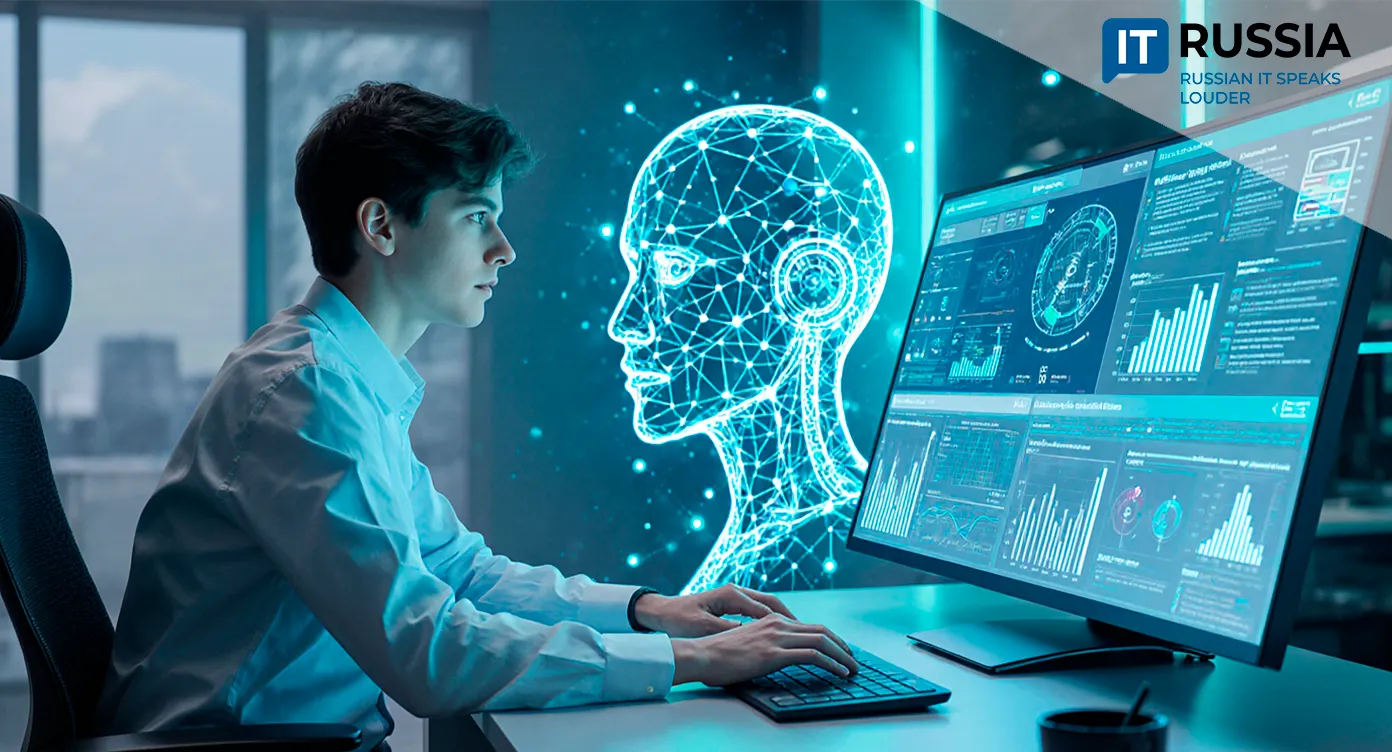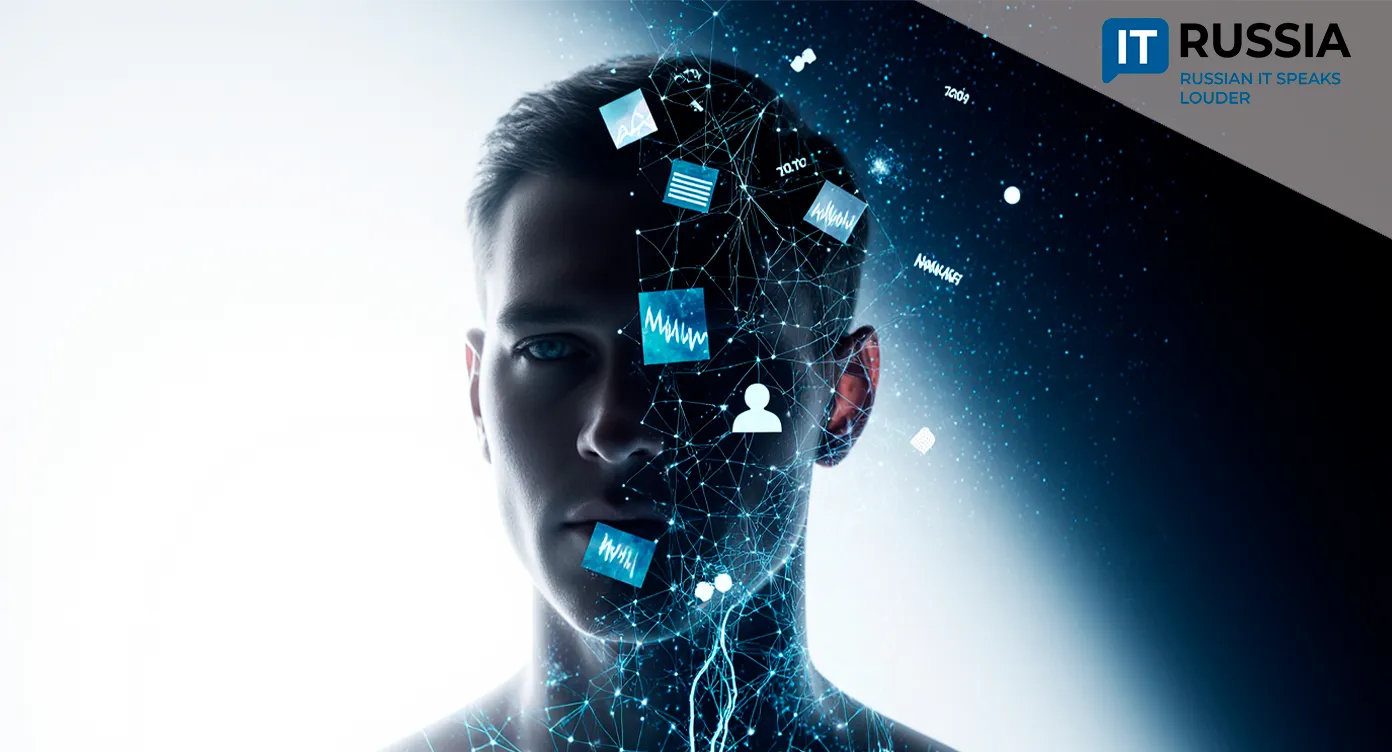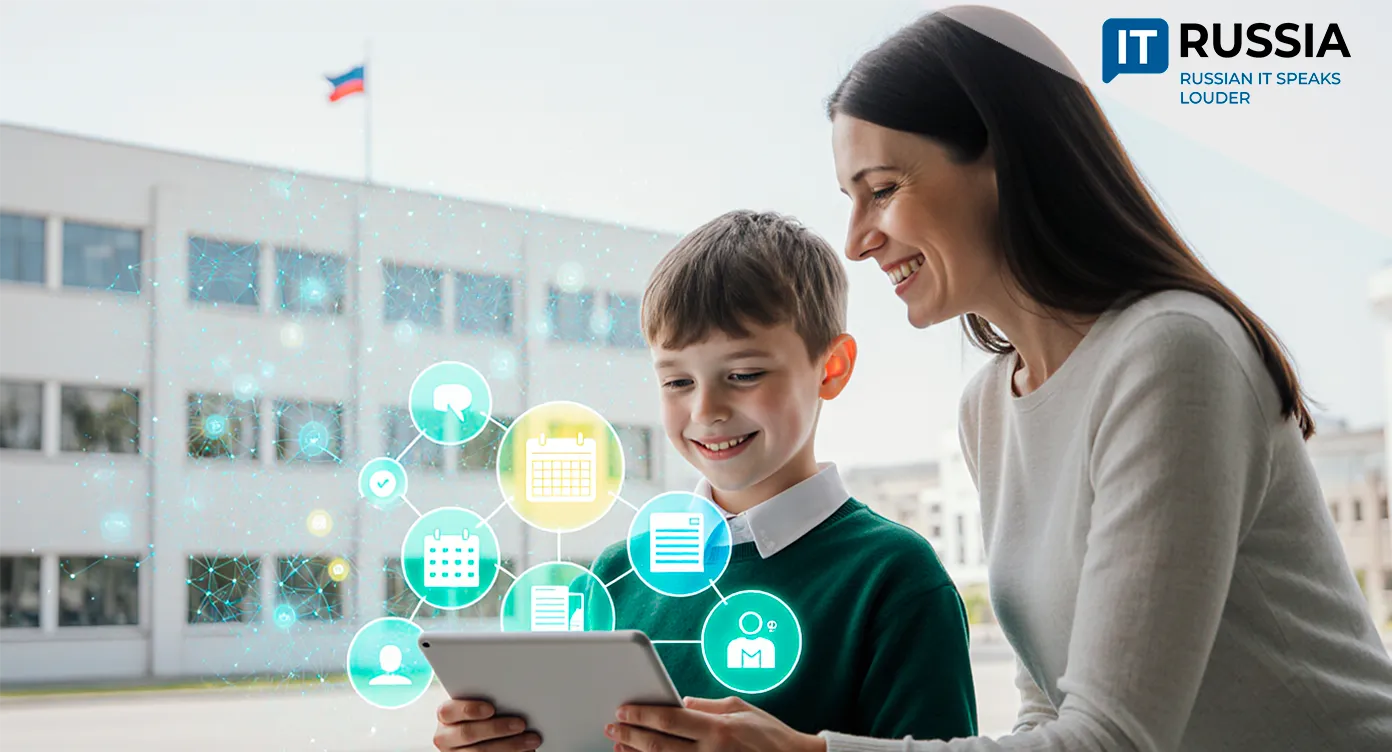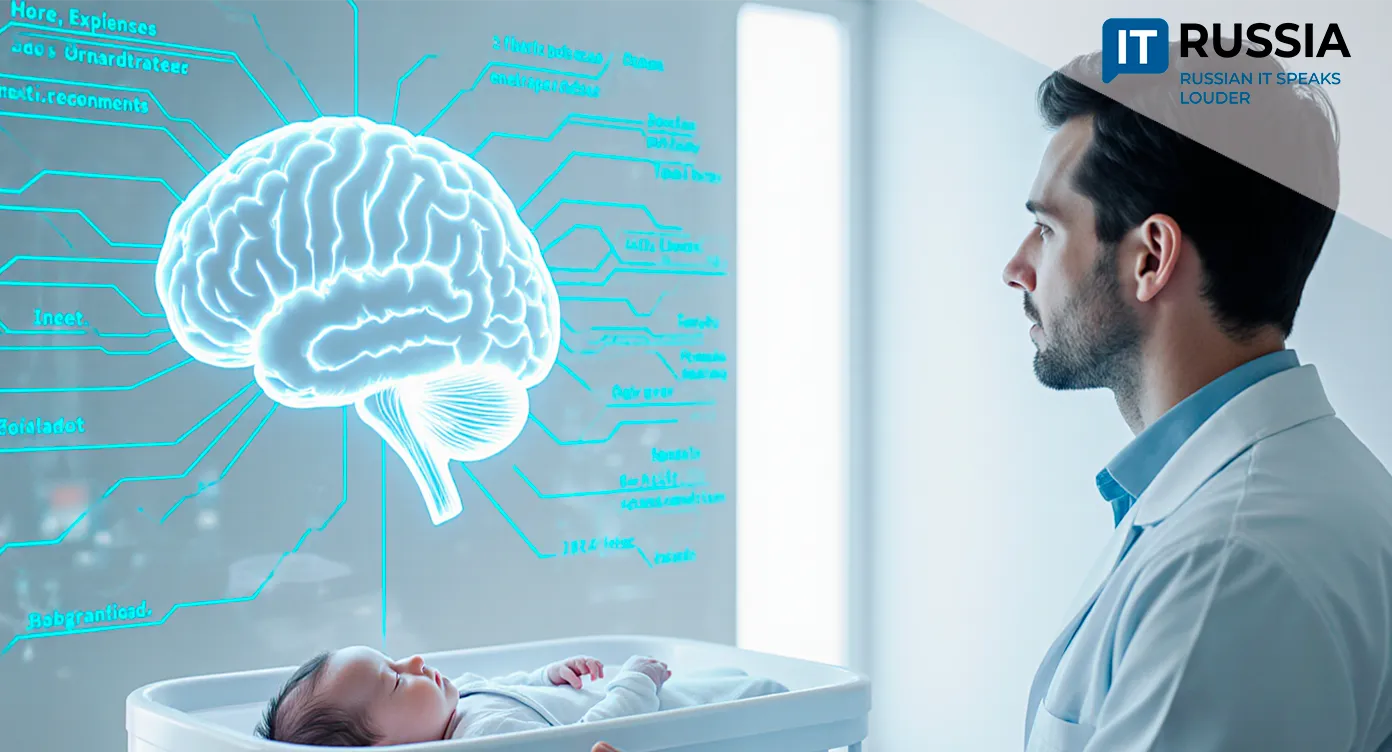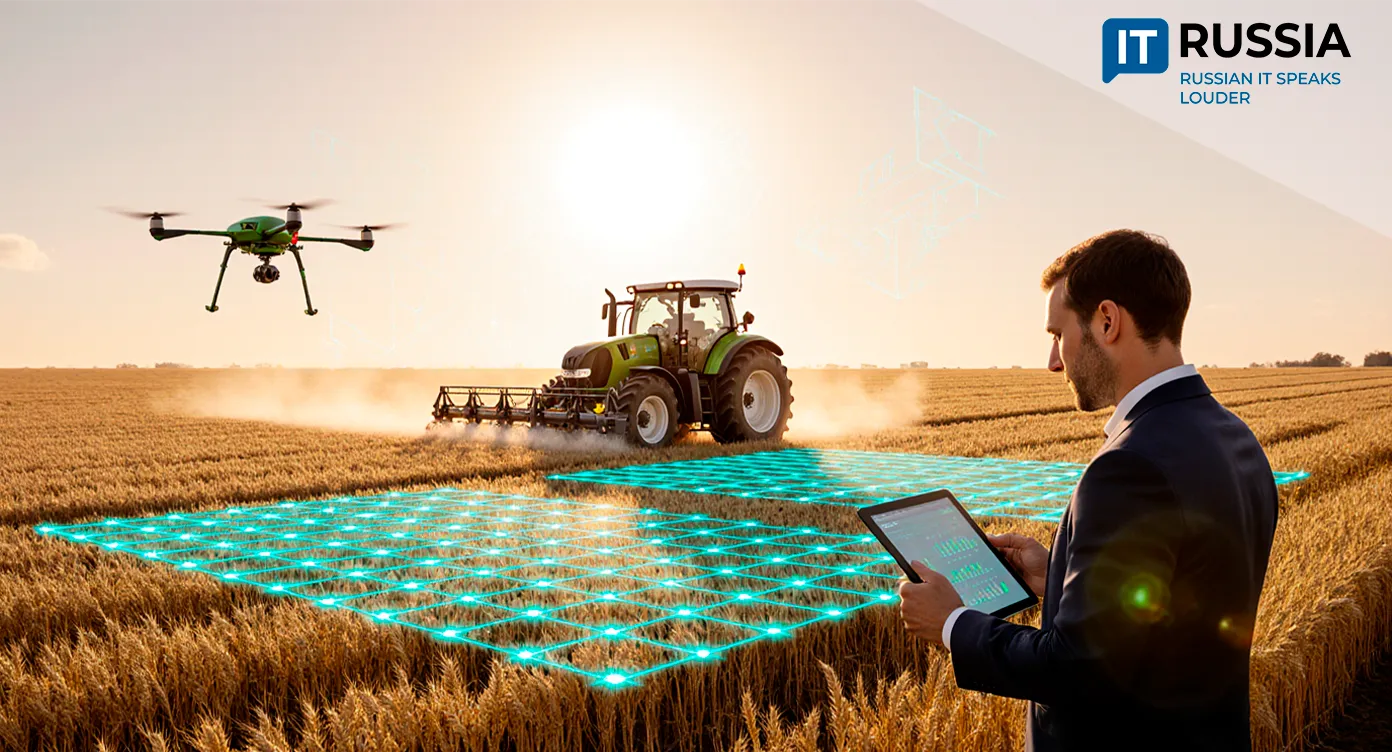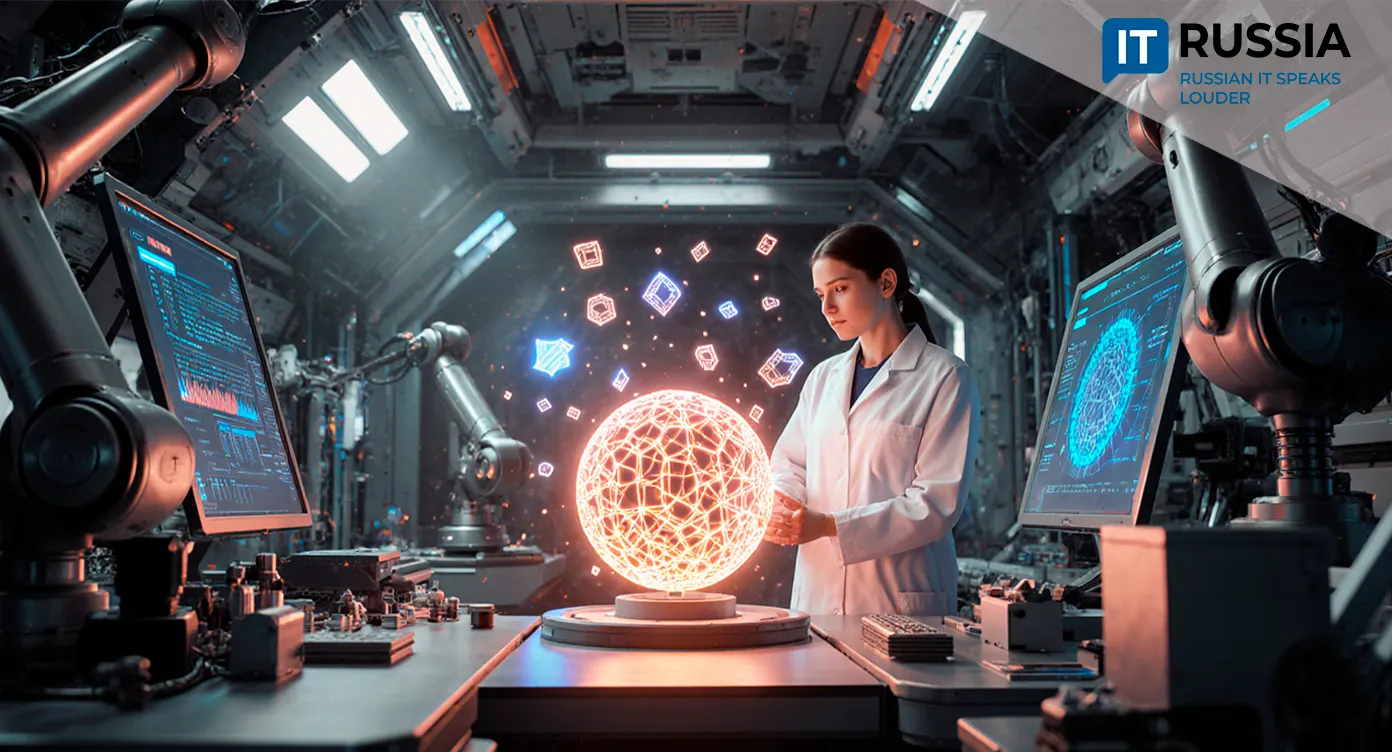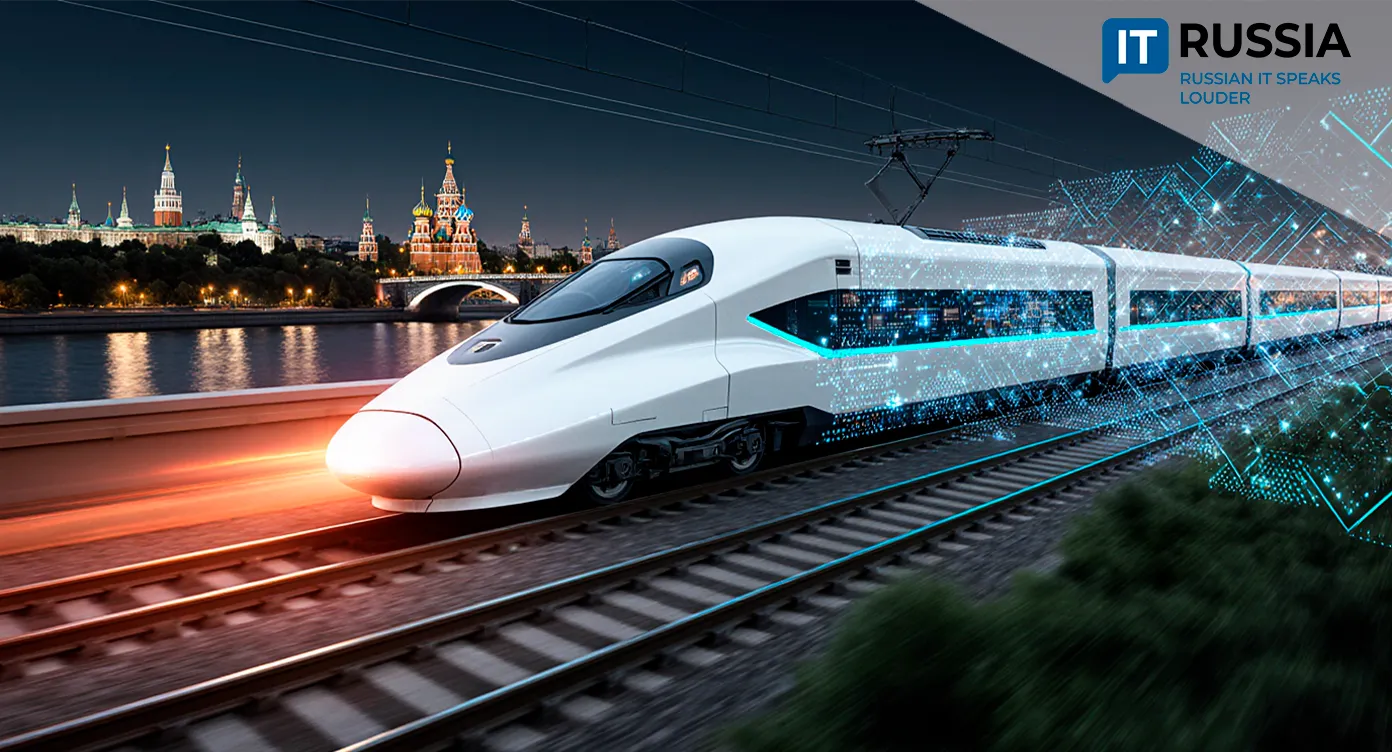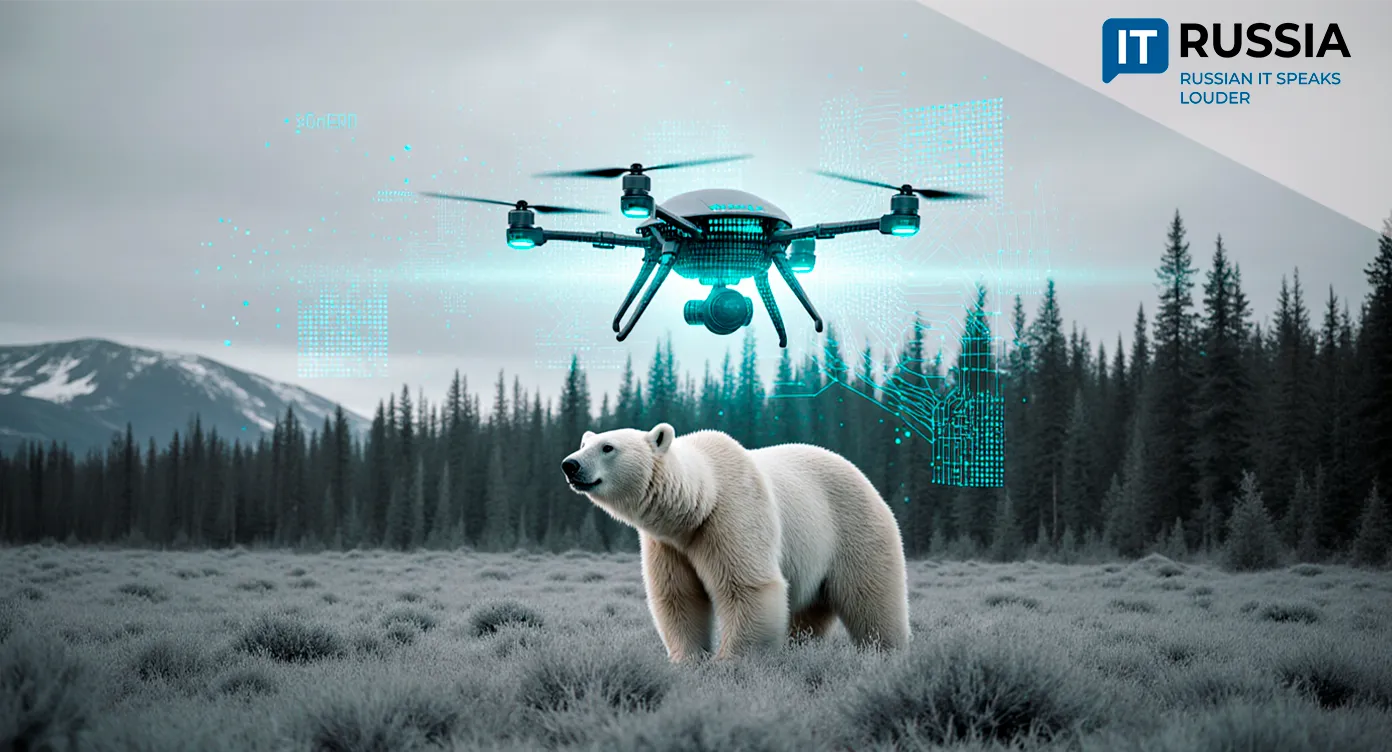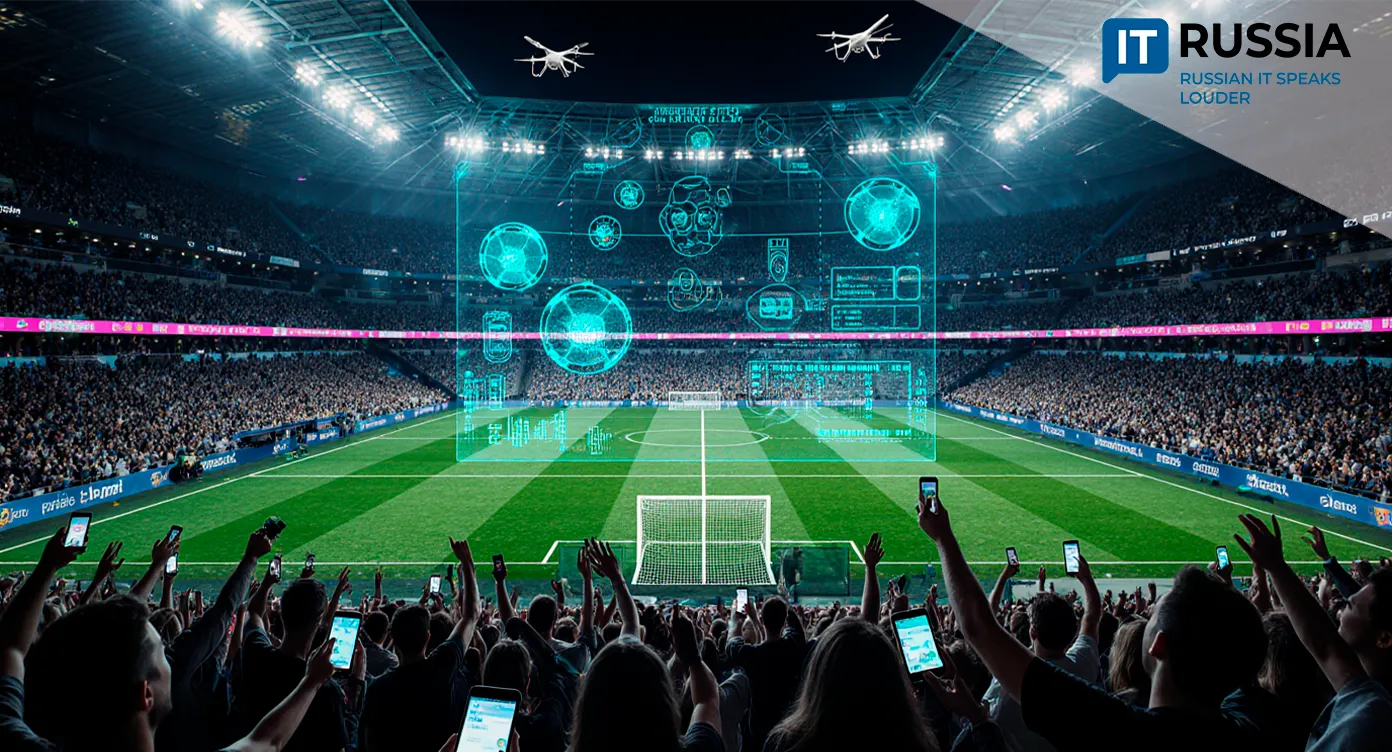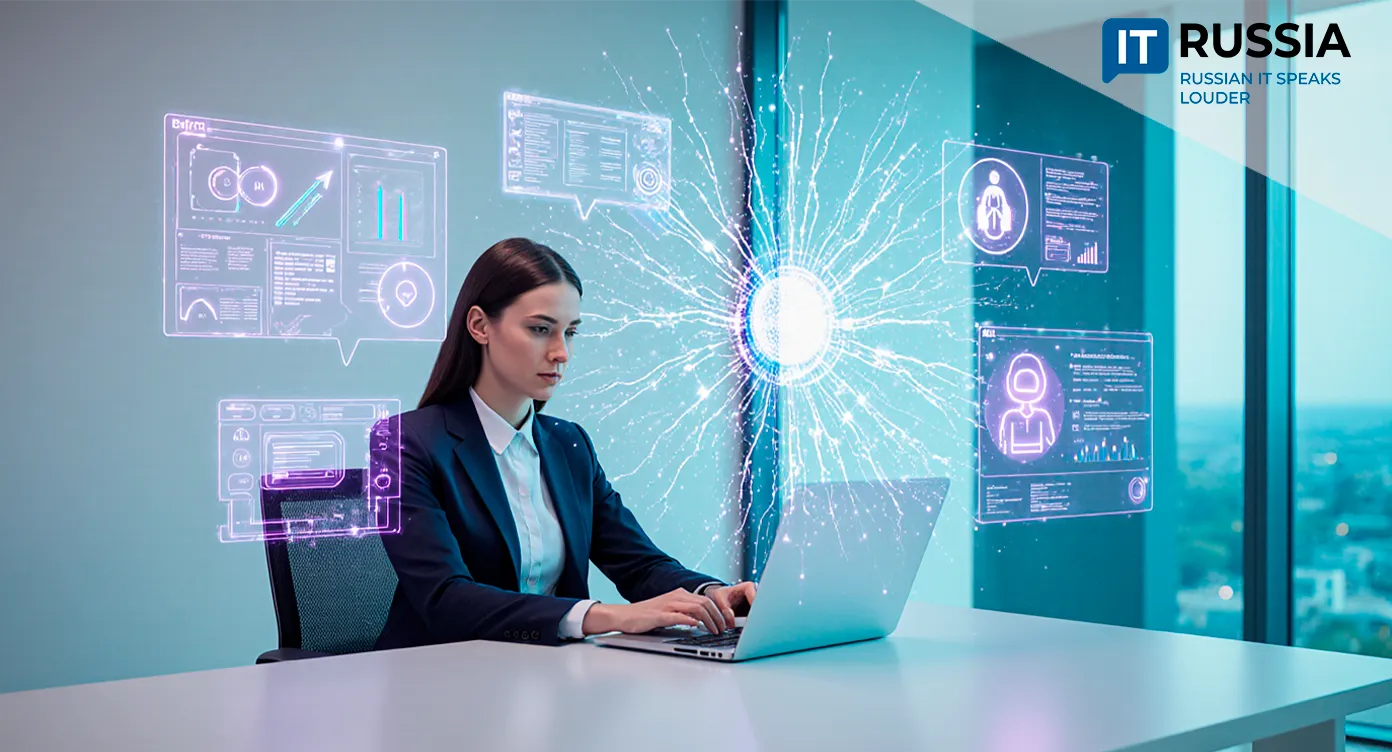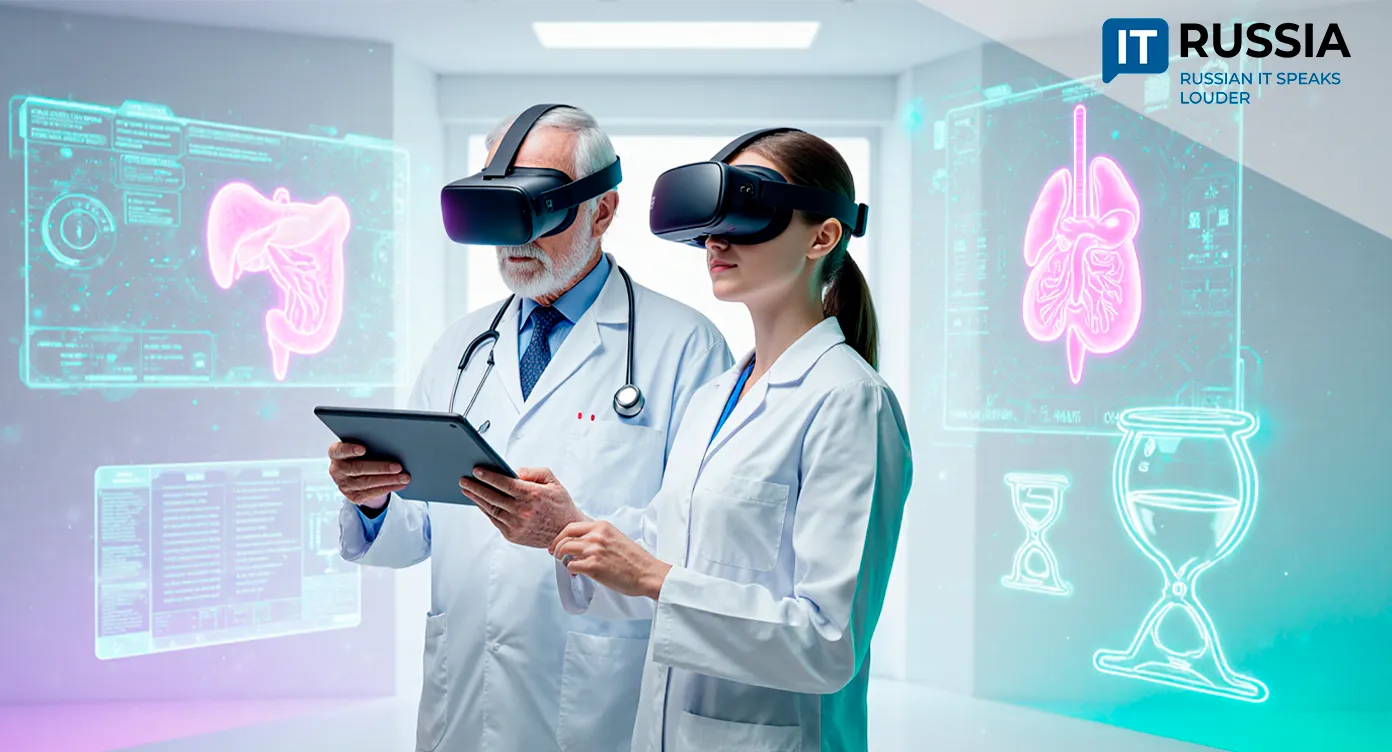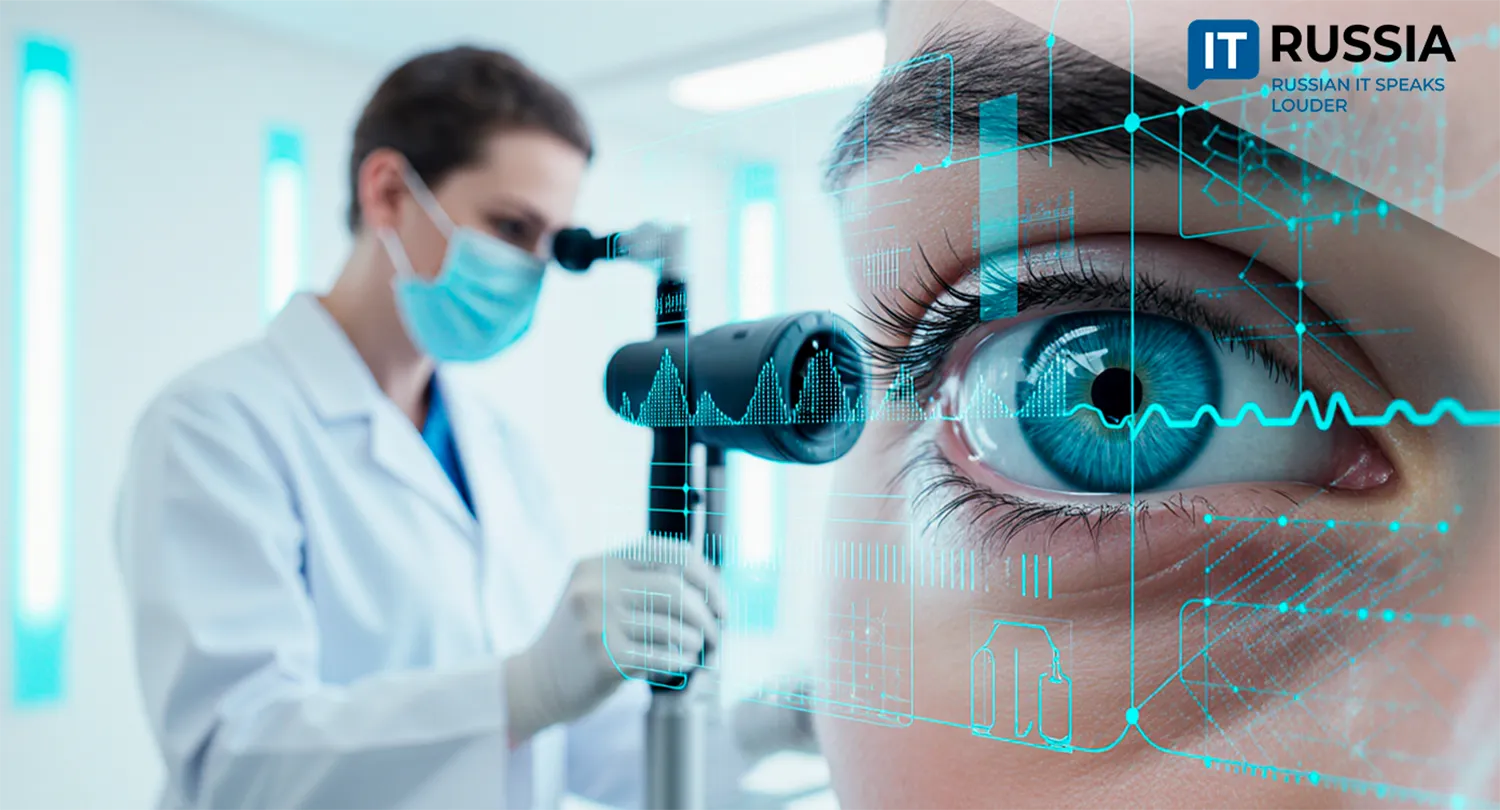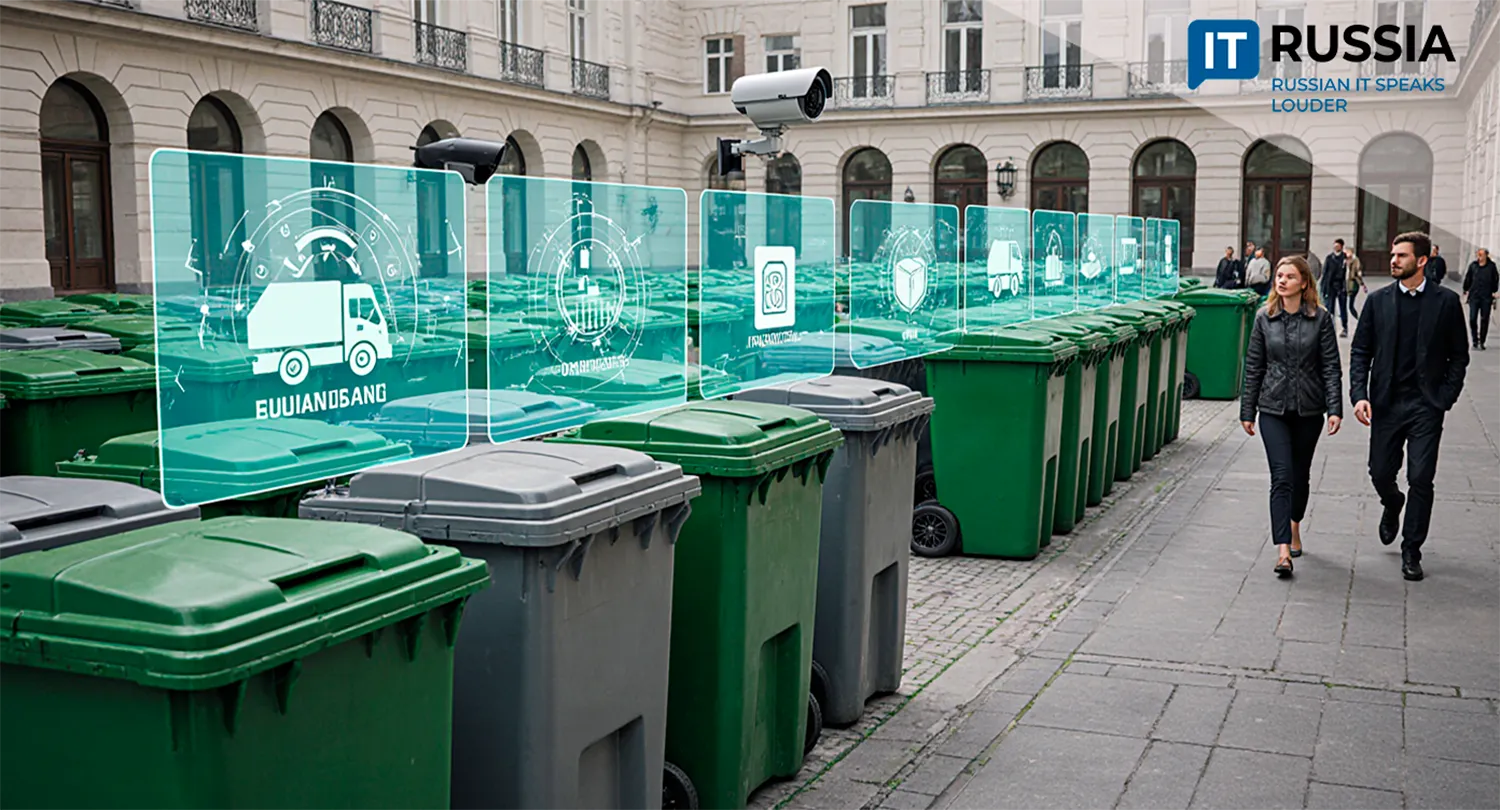AI Detects Scoliosis Using a Smartphone Camera
Researchers at Perm National Research Polytechnic University have developed an artificial intelligence-based app that can diagnose scoliosis using a regular smartphone camera, achieving diagnostic accuracy above 75%.
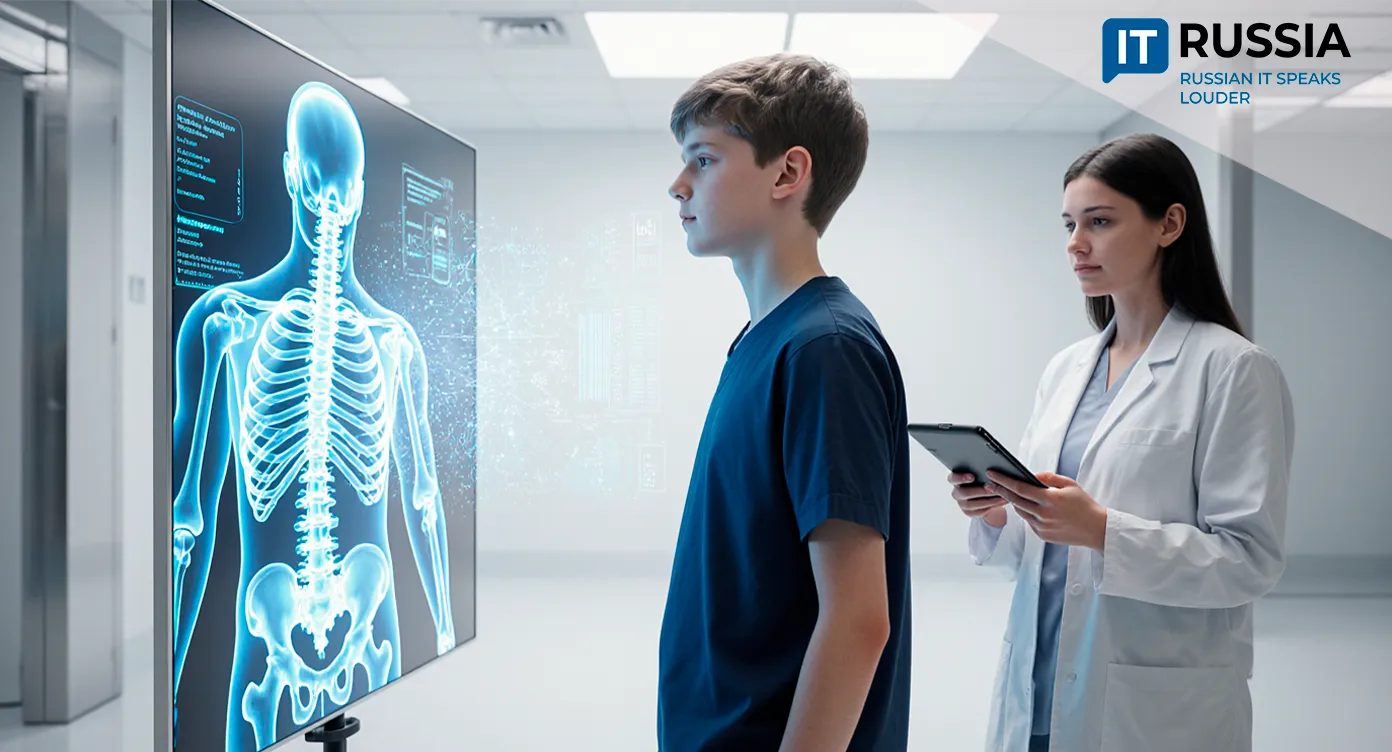
A Smartphone Instead of an X-ray
Russian scientists are putting artificial intelligence to work for people, not only creating commercial products but also addressing global humanitarian challenges that improve millions of lives. A striking example of this strategic breakthrough is digital healthcare, where Russia is positioning itself as a leader in innovation capable of offering the world not just alternatives but disruptive solutions.
Researchers at Perm National Research Polytechnic University (PNRPU) accomplished what until recently seemed like science fiction. They developed and trained a neural network from scratch that can automatically identify 16 key anatomical points from a simple photo of a patient’s back taken with a smartphone camera.
Based on this algorithm, the team created a ready-to-use application offering two operating modes: a quick static-image analysis for rapid assessment and photogrammetry — an extended mode that builds an accurate 3D model from a video recording. The system calculates all necessary clinical parameters, including angles of curvature, rotation, and asymmetry — while completely eliminating radiation exposure. This enables scoliosis diagnosis safely and non-invasively.

Why Traditional Methods Fall Short
Over the past decade, spinal curvature has become a silent epidemic among young people worldwide. Sedentary lifestyles, long hours on gadgets, and weak muscular development all lead to posture disorders that progress to scoliosis. This is not merely an aesthetic issue — advanced disease can deform the chest, cause rib humps, and most importantly impair lung and heart function, leading to chronic shortness of breath and reduced quality of life.
Conventional diagnostics are no longer sufficient. X-rays, once the gold standard, expose patients to radiation and fail to measure spinal torsion. MRI and CT scans are costly, complex, and unsuitable for mass screening, especially for children and pregnant women. Advanced 3D modeling remains limited to major clinics due to the high price of equipment. Healthcare systems worldwide have been in urgent need of a safe, accurate, and affordable solution — and one has now come from Russia.
The strength of the technology lies in its accuracy. A study involving 166 children demonstrated this: the neural network analyzed 120 back photos from different angles, calculated 123 clinical parameters, and achieved impressive results. Its data correlated with X-ray findings by more than 75% and matched computer optical topography, the benchmark method, by 95%. This level of accuracy marks a revolution in diagnosis.
Expected Outcomes
The success of the PNRPU team is no coincidence but the result of consistent national and scientific strategy. The importance of this development cannot be overstated — for Russian citizens and for the country as a whole.
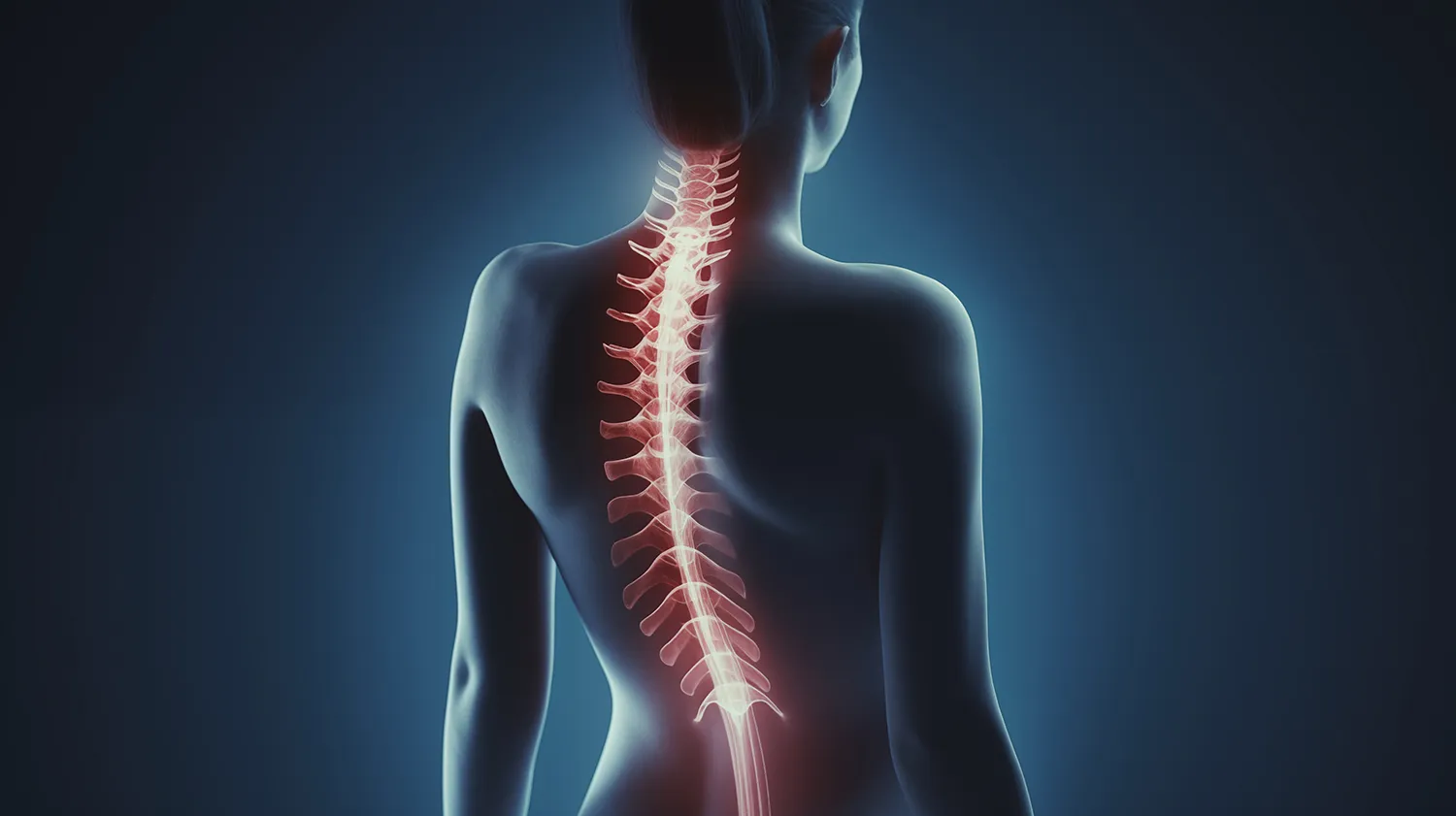
For individuals, it means accessibility, safety, and pain-free screening. Early diagnosis becomes a routine procedure, even at home. It lowers treatment costs and, most importantly, gives patients the chance to halt severe pathology in time.
For the state, it improves healthcare system efficiency, reduces clinic queues, enables mass and inexpensive school screening, and provides a powerful tool for telemedicine in remote regions.
For the global community, Russia positions itself as a provider of breakthrough solutions for countries with underdeveloped medical infrastructure. The Russian technology does not merely compete with foreign analogues but surpasses them. A Japanese algorithm released in 2022 achieved around 80% accuracy, while U.S. startups are only beginning to offer comparable telemedicine services.
Promising Outlook
The project has a strong future. After interface improvements and certification, the app could be introduced in schools and clinics.
Within three to five years, integration with Russia’s national medical e-services and telemedicine platforms is expected, alongside entry into international markets. The next step is developing a universal platform for monitoring a wide range of orthopedic disorders, integrated with wearable devices.
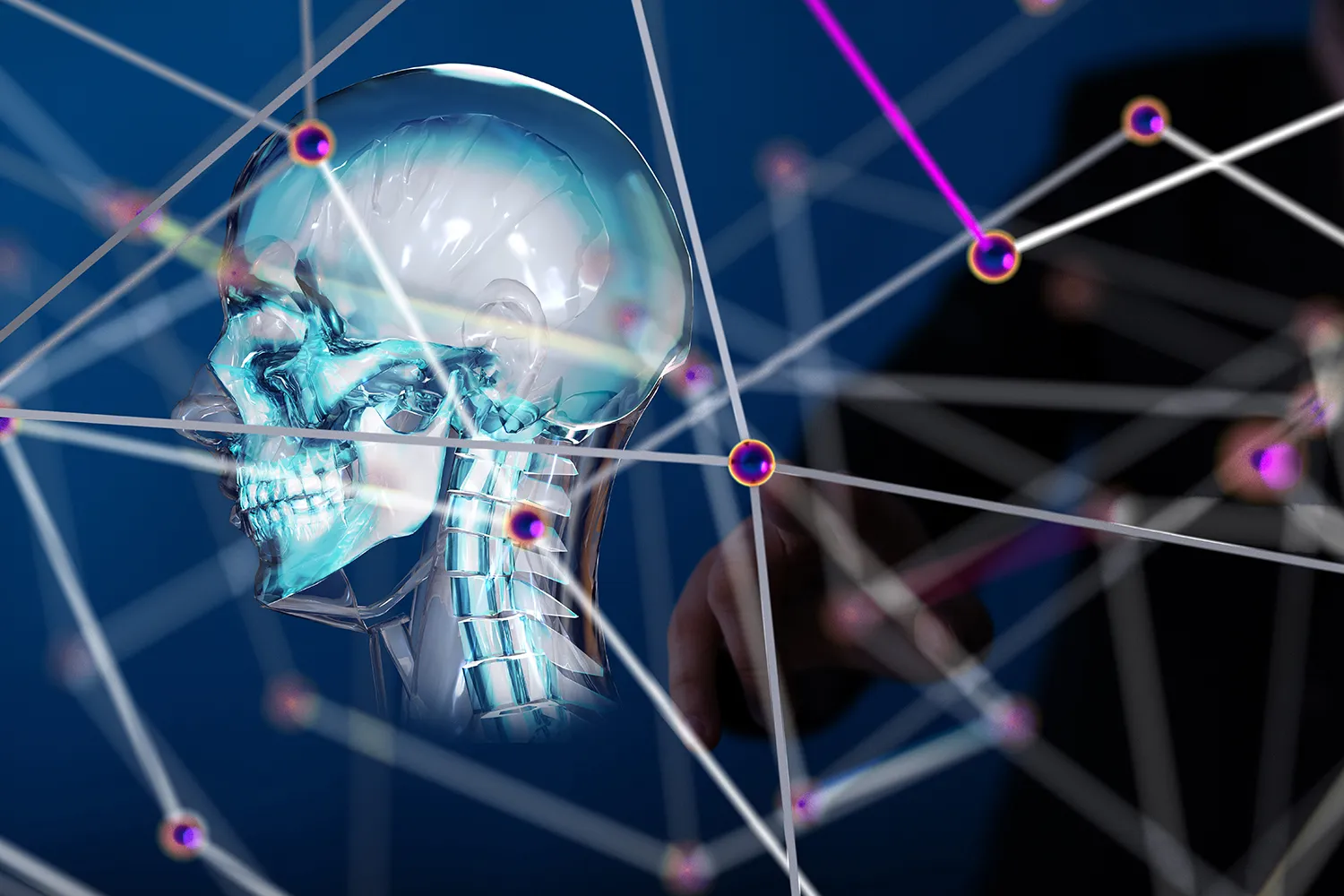
Russia’s IT sector has proven its ability not only to create import-substitution solutions but also to develop products of advanced innovation with significant humanitarian and export potential. In this field, Russia can rightfully claim a role as a digital power, putting technology at the service of human health and well-being.



